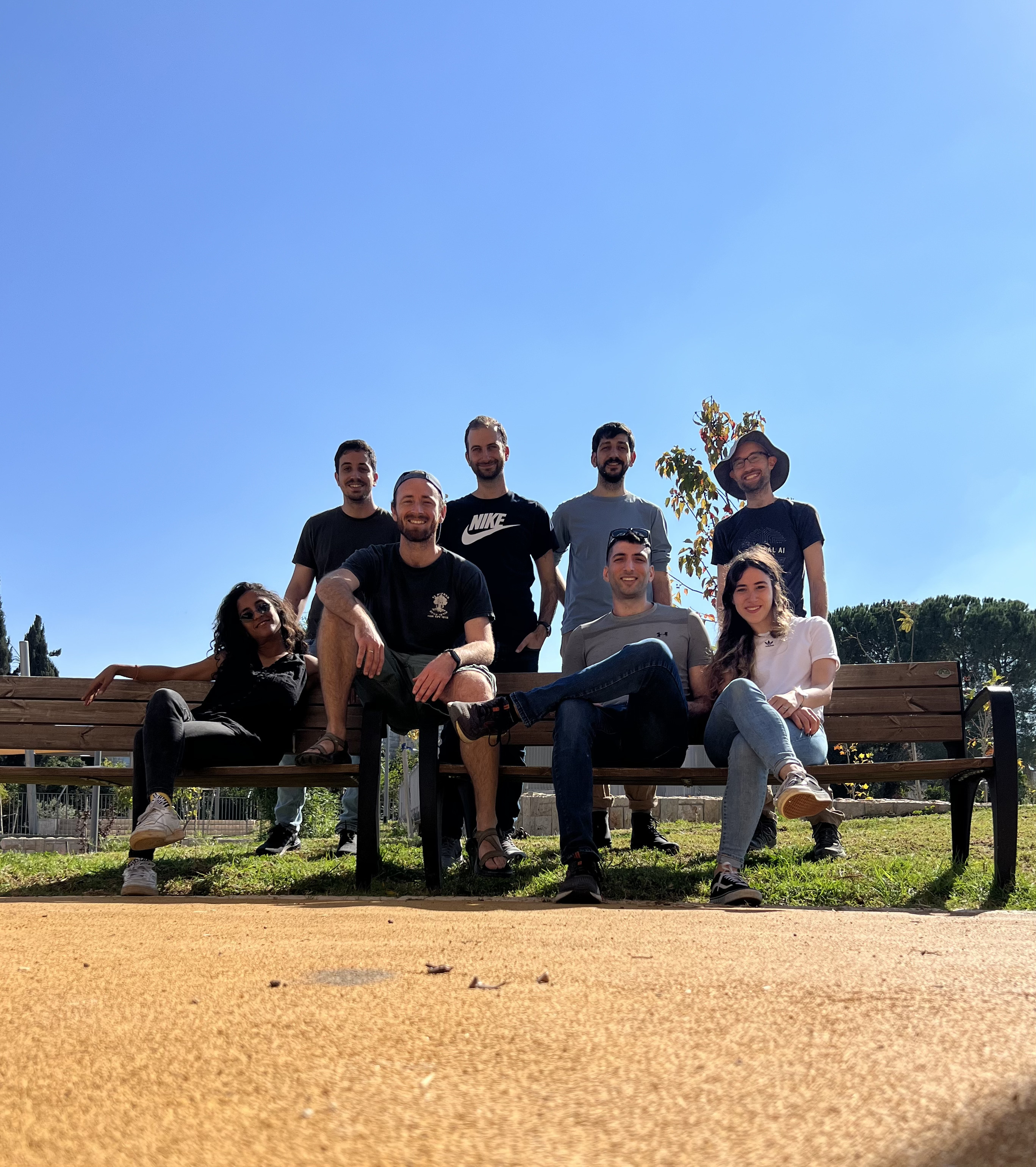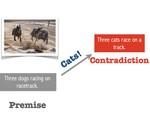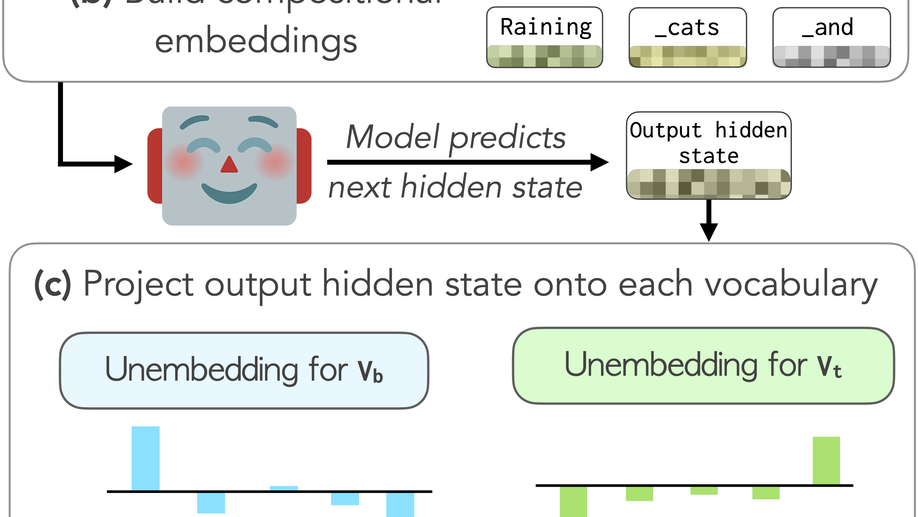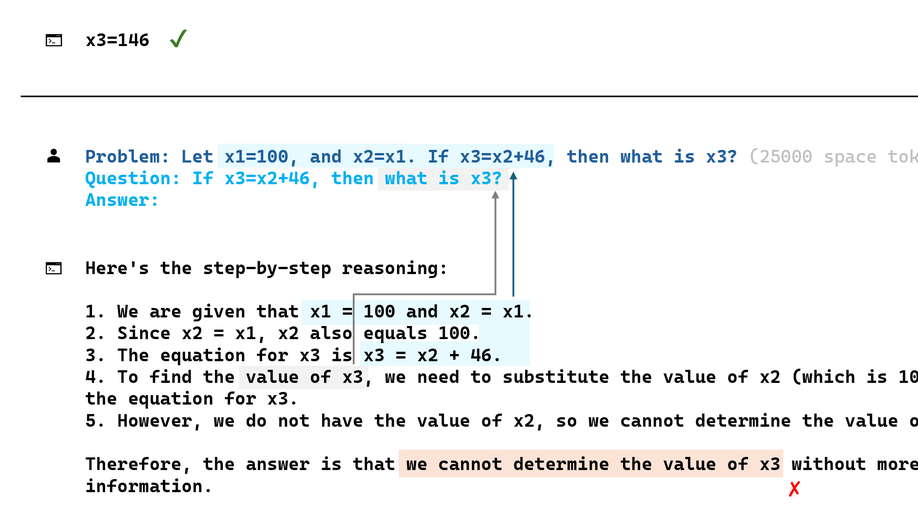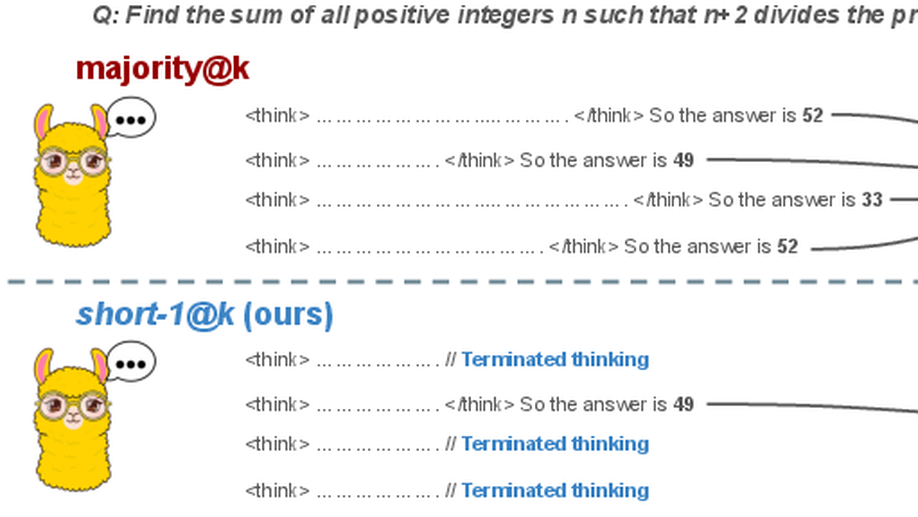Large language models (LLMs) were shown to encode word form variations, such as "walk"->"walked", as linear directions in embedding space. However, standard tokenization algorithms treat these variations as distinct tokens – filling the size-capped vocabulary with surface form variants (e.g., "walk", "walking", "Walk"), at the expense of less frequent words and multilingual coverage. We show that many of these variations can be captured by transformation vectors – additive offsets that yield the appropriate word's representation when applied to the base form word embedding – in both the input and output spaces. Building on this, we propose a compact reshaping of the vocabulary: rather than assigning unique tokens to each surface form, we compose them from shared base form and transformation vectors (e.g., "walked" = "walk" + past tense). We apply our approach to multiple LLMs and across five languages, removing up to 10% of vocabulary entries – thereby freeing space to allocate new, more diverse tokens. Importantly, we do so while also expanding vocabulary coverage to out-of-vocabulary words, with minimal impact on downstream performance, and without modifying model weights. Our findings motivate a foundational rethinking of vocabulary design, moving from string enumeration to a compositional vocabulary that leverages the underlying structure of language.
